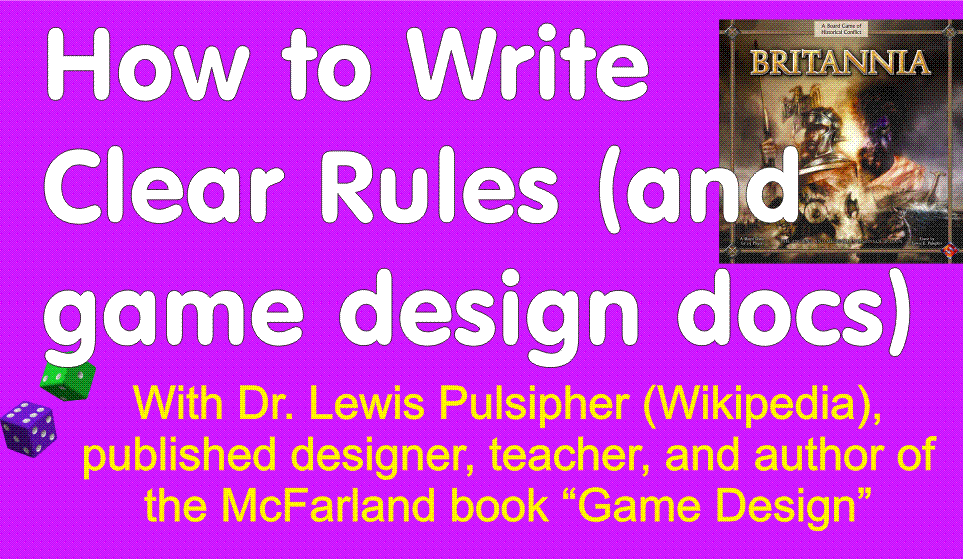Understanding Comics by Scott McCloud.
Originally published 1992, this version 1993 (many printings since), purchased recently from Amazon $15.61.
This 216 page softcover "comic book" in largish trade paperback form is an exploration of comics as a distinct art form with its own conventions and possibilities, not merely as a combination of pictures and words. Some of our video game industry guest speakers for our Simulation and Game Development curriculum recommended it. Wanting to be an "educated person", I bought a copy and read it in bits over the course of a couple weeks.
I don't read comics nowadays, but I did when I was a kid and somewhat beyond (the first one I purchased, for 12 cents, was Spider Man #6--yeah, I sold it long ago). My brother collected comics quite seriously for many years. Comics are clearly still a big deal to young people, though often in the form of Japanese manga, which involve different conventions than American comics or European comics.
Anyone who is interested in drawing professionally should think about reading this book. It explains comics on their own terms, and using a well-drawn (mostly black and white) comic to do so helps make many things clear. It is fundamentally a work of...well, I'm not sure I can pin it down. I don't want to say philosophy, or art history, nor is it a "how to do it" book, but the treatment is absolutely serious (with occasional bits of humor thrown in). Though I cannot draw, it was an eye-opener for me, and should be for most people who do draw, whether they're interested in video games, or comics, or films, or something else. There's a lot more to drawing, and to comics, than the "kids stuff" that many people think, and this book illuminates all of that, also throwing light on some of those other media that involve drawing.
I can see why it is so widely recommended. Well worth reading if you have an interest in visually-related storytelling.
Thursday, December 20, 2007
Subscribe to:
Post Comments (Atom)
"Always do right--this will gratify some and astonish the rest."Mark Twain
"A designer knows he has achieved perfection not when there is nothing left to add, but when there is nothing left to take away." Antoine de Saint-Exup'ery
"Not everything that can be counted counts, and not everything that counts can be counted." Albert Einstein
"Make everything as simple as possible, but not simpler." Albert Einstein





2 comments:
I can't draw either. For me, the big deal was that it had so many lessons that could be applied directly to game design.
The whole chapter on iconic versus photorealistic expression has direct application in video games -- not just in art direction, but in game design as a whole.
So does the bit about "blood in the gutter", a fancy way of saying "what you DON'T show the player is just as important as what you DO show them" -- of obvious use in survival-horror games as a start.
The chapter near the end that talks about the Six Steps of a comic-book artist is, of course, talking about ALL forms of art (including game design). Aside from being proof that game design is art, it shows the professional journey of a game designer as much as a comic book artist.
As I think game design is about 10% (or less) art and 90% craft, I didn't see the six steps in that way. Sometime I'll have to throw in my two cents about art vs. non-art.
Post a Comment